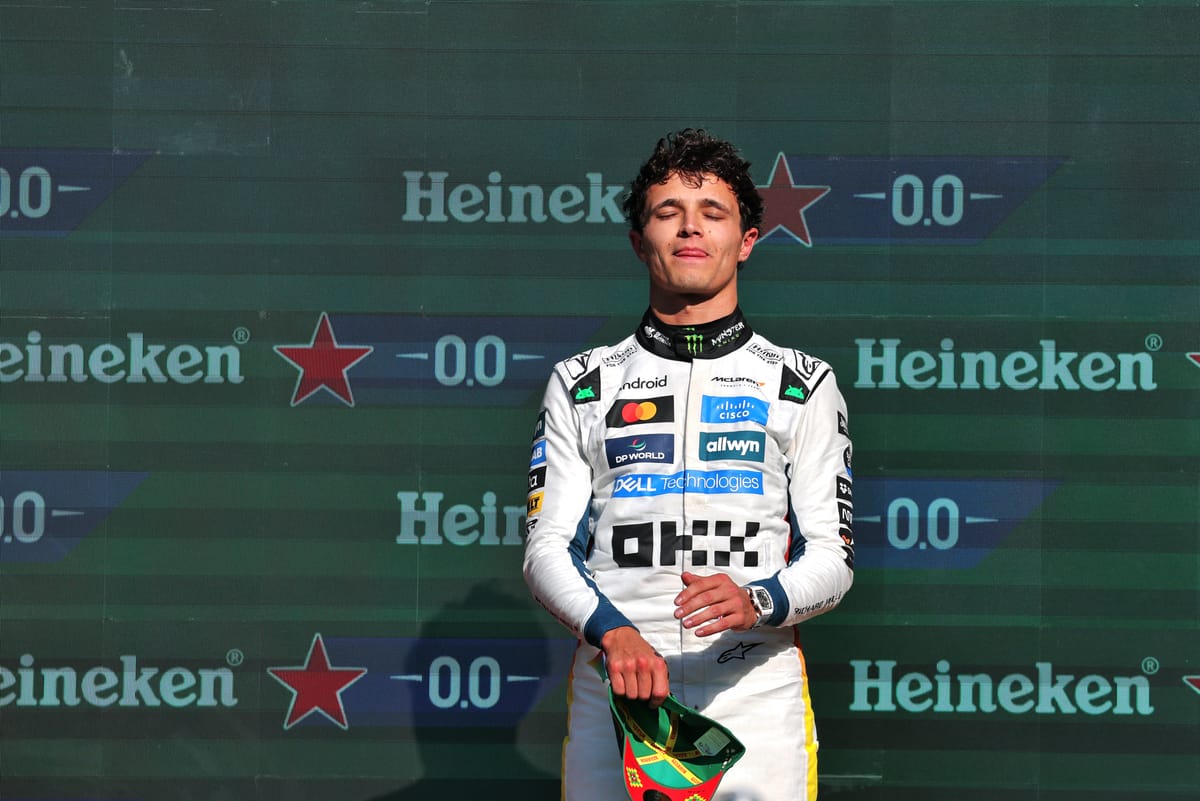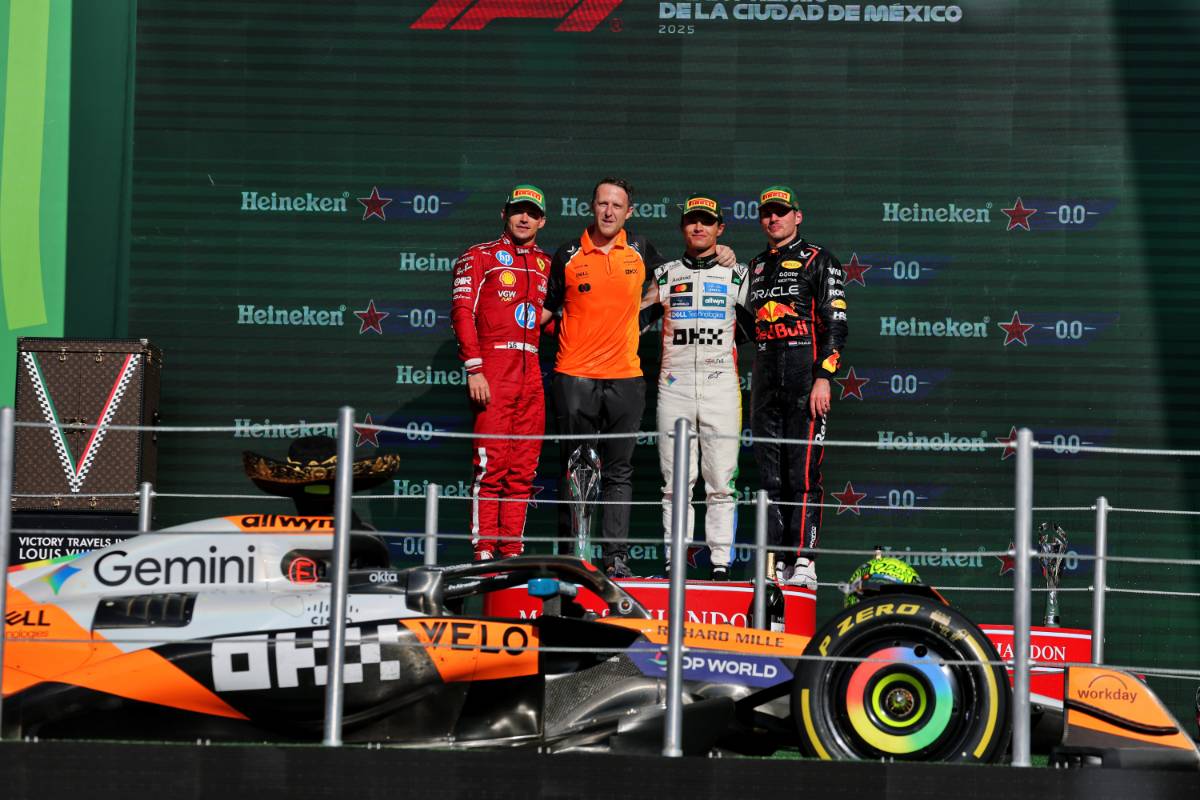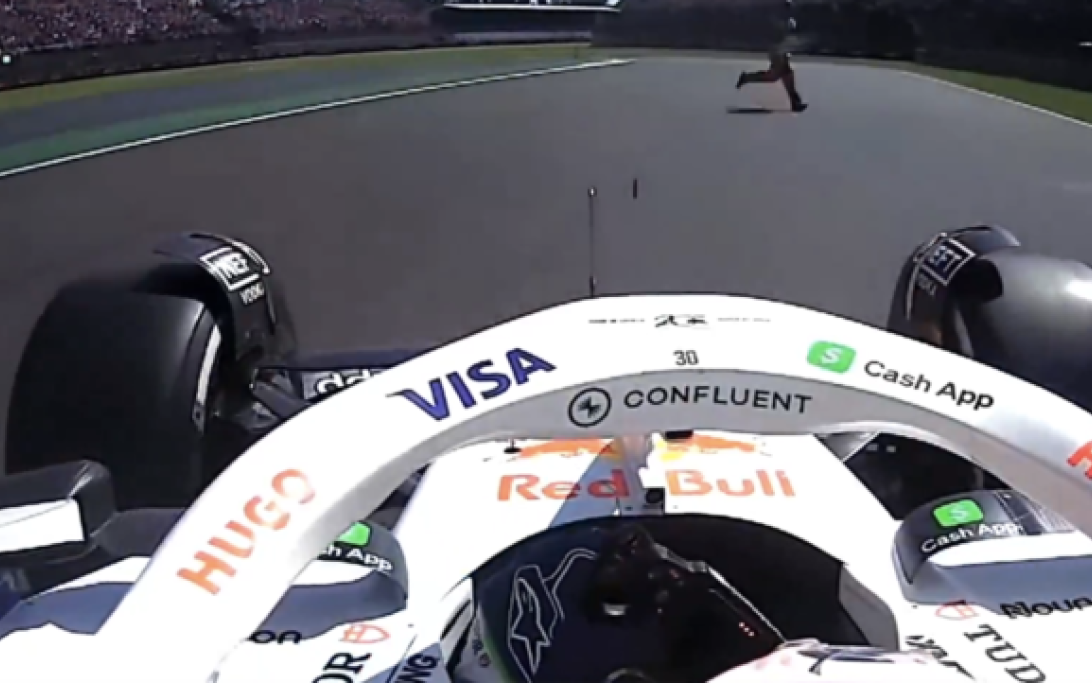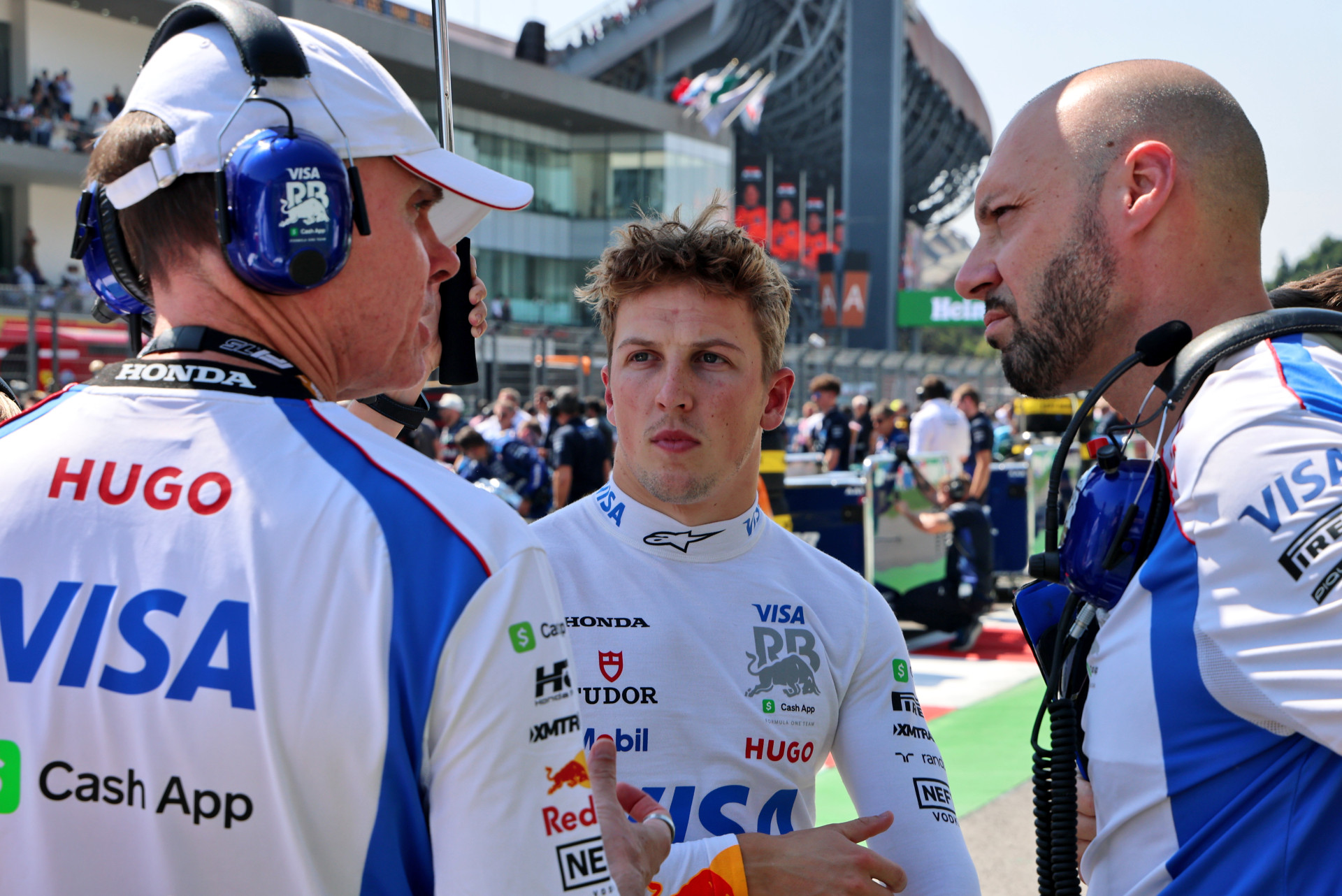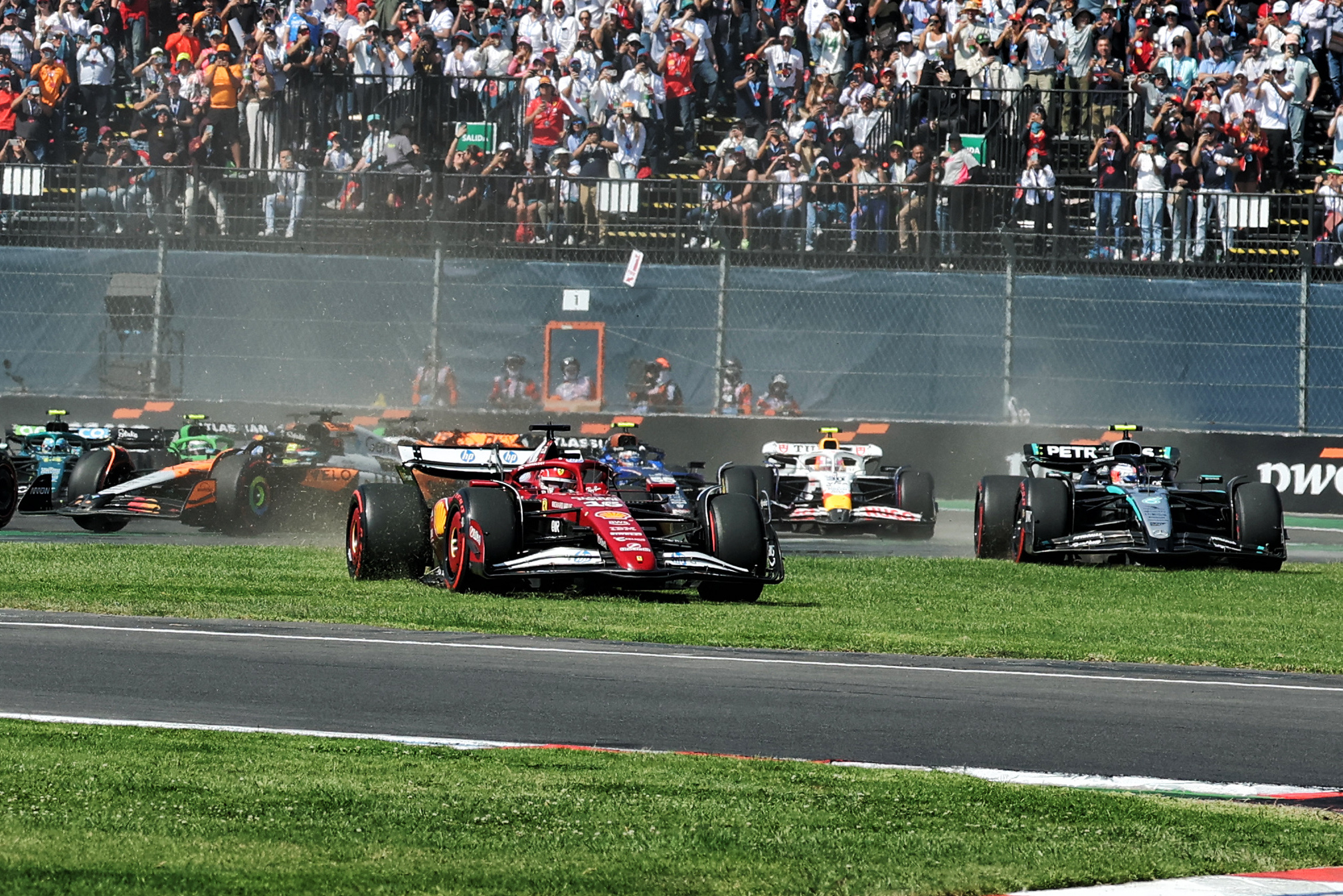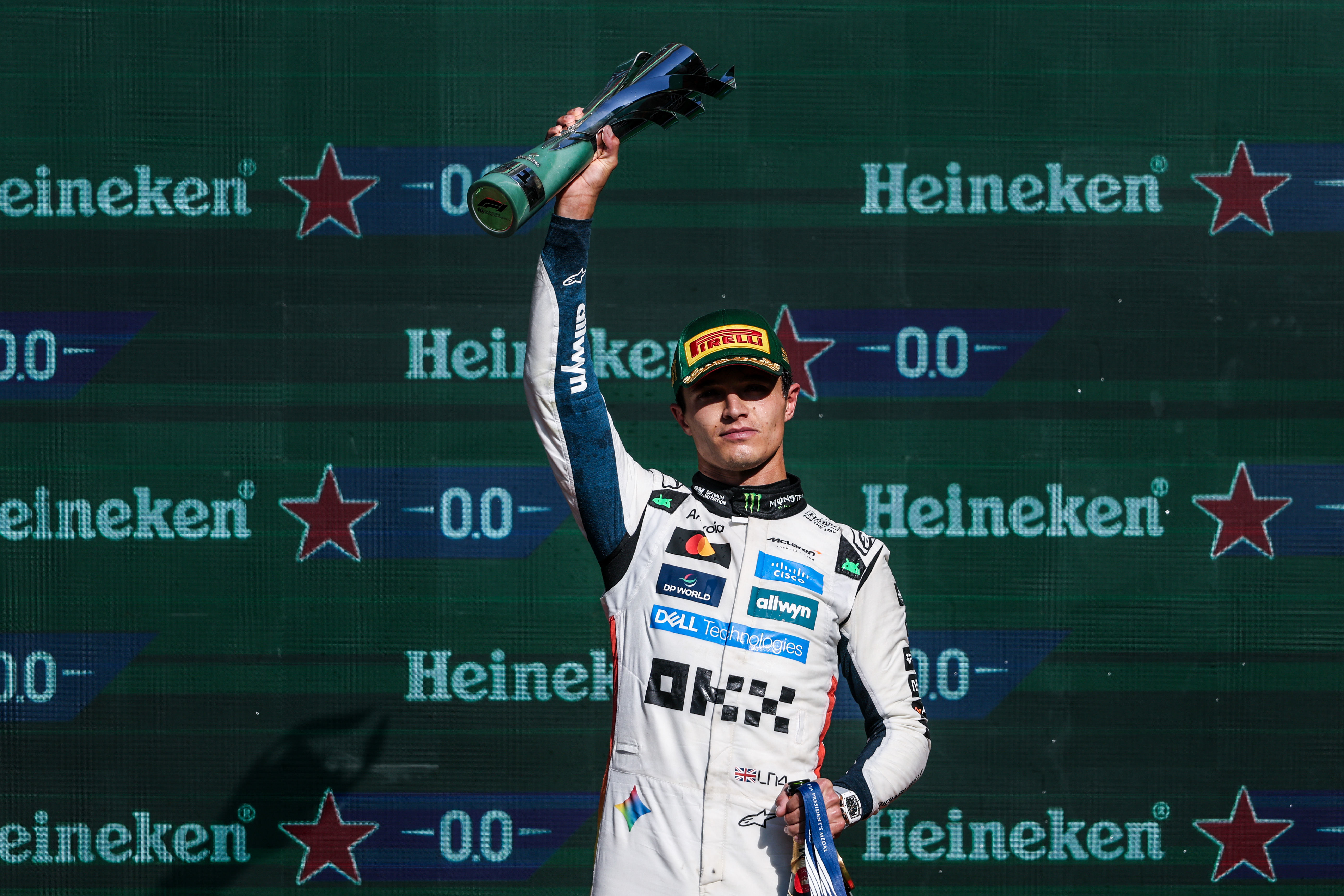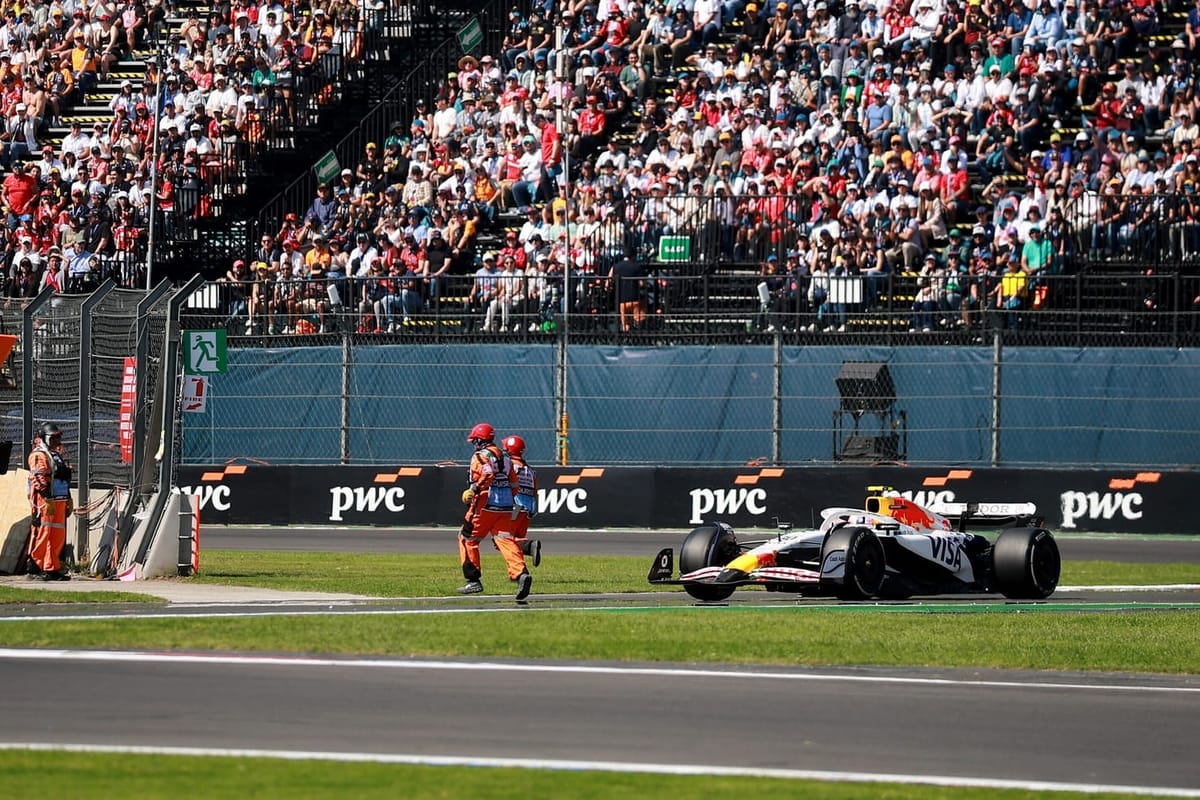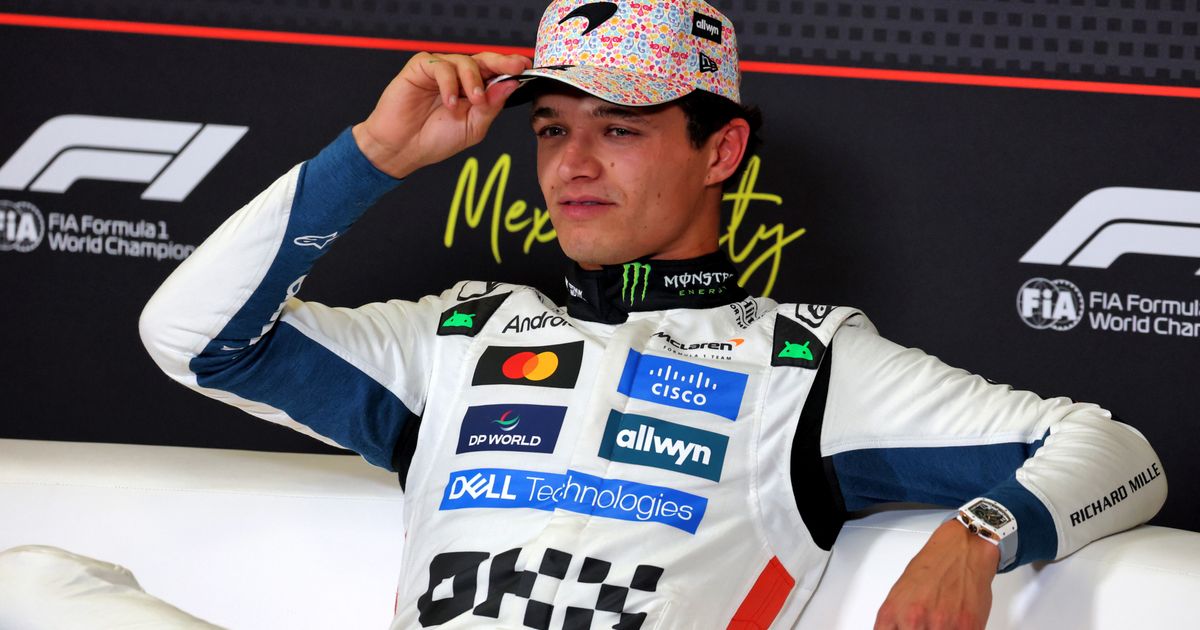
Mexican Grand Prix: Pole Position Not Always Key to Victory
History suggests that starting from pole in Mexico isn’t necessarily the best place to be when the lights go out.
Since Mexico returned to the calendar in 2015, only four out of nine pole-sitters have gone on to win the race — a conversion rate of 44%.
In 2015 and 2016, Nico Rosberg and Lewis Hamilton both converted pole into victory, but that didn’t happen again for six years until Max Verstappen dominated the weekend after taking pole on Saturday. The same story repeated last year, when Carlos Sainz managed to reclaim and secure the lead despite being overtaken off the line by the Dutchman.
Why it matters:
The Mexican Grand Prix is unique, where the conventional wisdom of pole position dominance often doesn't apply. The long run down to Turn 1 presents significant strategic challenges and opportunities, making the start crucial and less predictable than on other circuits.
The Details:
- Pole Conversion Rate: Only 4 out of 9 pole-sitters since 2015 have won in Mexico (44% success rate).
- Notable Exceptions: Max Verstappen, despite his five wins in Mexico, has only won once from pole. Three of his victories came from third on the grid, and two from second.
- Lewis Hamilton's Anomaly: Hamilton also secured his 2019 victory after starting from third.
- The Long Run to Turn 1: The extended run from the start line to the first corner allows for slipstreaming and overtaking, often negating the initial advantage of pole position. This frequently leads to a shuffle in positions right at the start of the race.
Strategic Implications:
Pirelli has outlined five possible race strategies, two commencing on medium compounds and three on softs. The soft tire option allows for a more aggressive start, crucial for gaining positions in the opening meters.
- Impact on Backmarkers: Strategy will be particularly vital for drivers starting further down the grid, such as Max Verstappen (P5) and Oscar Piastri (P8), who had challenging qualifying sessions.
- Overtaking Opportunities: The circuit layout, combined with tire strategy, encourages aggressive starts and can lead to significant position changes early in the race.
The Big Picture:
The Mexican Grand Prix consistently delivers unpredictable races due to its high altitude, unique track characteristics, and the critical importance of the start. Teams and drivers must meticulously plan their opening laps and tire management to succeed, as starting first doesn't guarantee a straightforward path to victory.
What's Next:
As the race unfolds, all eyes will be on the initial scramble into Turn 1 and how early strategy choices play out. Drivers like Verstappen and Piastri will be looking to leverage strategic options and their race craft to climb through the field, proving once again that in Mexico, the race is often won, or lost, in the opening seconds rather than just from grid position.
Original Article :https://www.gpblog.com/en/news/heres-the-grid-position-that-really-matters-at-th...


